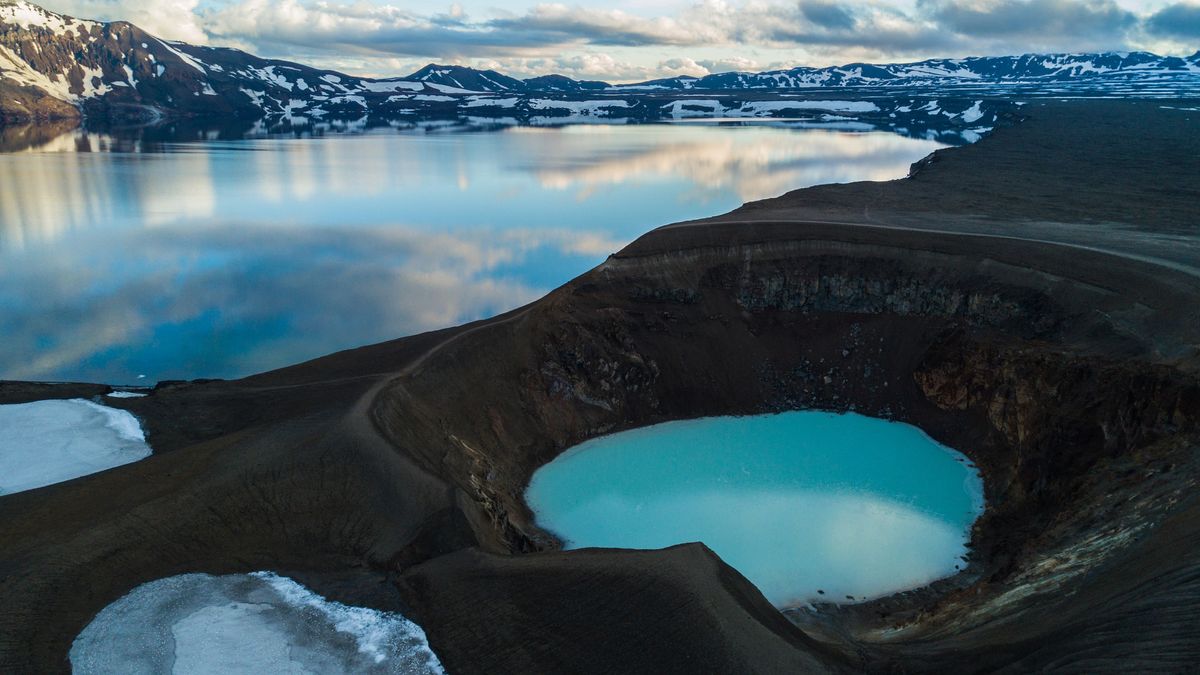
… If the sea level dropped 600 meters [2,000 feet], then we would see a lot more land above the surface of the ocean," Foulger, an emeritus professor of geophysics at Durham University in the United Kingdom, told Live Science.
The North Atlantic region was once entirely dry land that made up the supercontinent of Pangaea from about 335 million to 175 million years ago, Foulger said.Geologists have long thought that the basin of the North Atlantic Ocean formed as Pangaea began to break up 200 million years ago and that Iceland formed about 60 million years ago above a volcanic plume near the center of the ocean.
According to the new theory, Pangaea didn't split apart cleanly, and the lost continent of Icelandia remained as an unbroken strip of dry land at least 200 miles (300 kilometers) wide that stayed above the waves until about 10 million years ago, Foulger said."When we considered the possibility that this thick crust is continental, our data suddenly all made sense," Foulger said in a statement.Geographer Philip Steinberg, director of Durham University's Centre for Borders Research, said the new theory of Icelandia could have implications for the ownership of fossil fuels beneath the seafloor; under international law, countries can claim those fossil fuels if the evidence proves the resources reside beneath that country's continental shelf — a relatively shallow region of the seafloor that can extend hundreds of miles beyond the coast. .Unlike the sunken continent of Zealandia, for instance, which geologists have established was composed of continental crust that separated from Antarctica and then sank, there was not enough continental crust material in the North Atlantic region to have formed Icelandia, Dalziel told Live Science in an emailFor instance, magnetic surveys of the seafloor in the region show "stripes" that indicate when successive layers of molten crust were laid down on the seafloor of the North Atlantic as the Earth's magnetic field changed polarity over millions of years — a clear sign of oceanic crust also seen in large oceanic plateaus in the Pacific Ocean, they said